Stops and Starts
After many stops and starts (a game of “Chutes and Ladders” according to Julie’s husband, Roger!), we have finally arrived in the Arctic research station of Ny Ålesund!
On Thursday, we flew up to Longyearbyen. The flight was spectacular! We flew across many glaciers, including one that is surging, which means that it is temporarily moving moving forward at an accelerating pace. (Most glaciers these days are retreating, but some will temporarily surge forward. Note that this is almost definitely a process that will soon end, and the surging glaciers will eventually return to the trend of retreat.
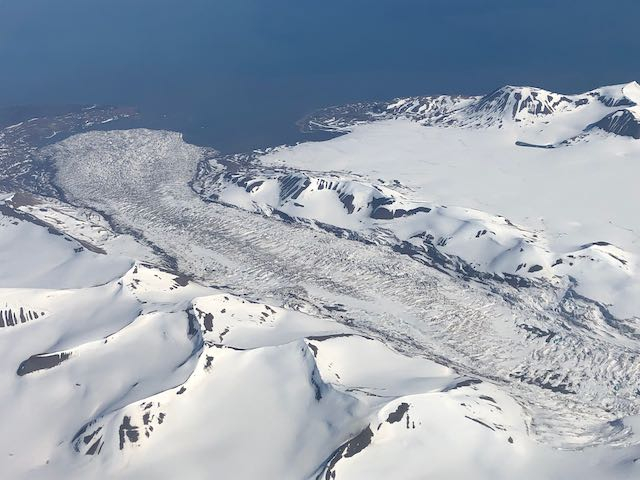
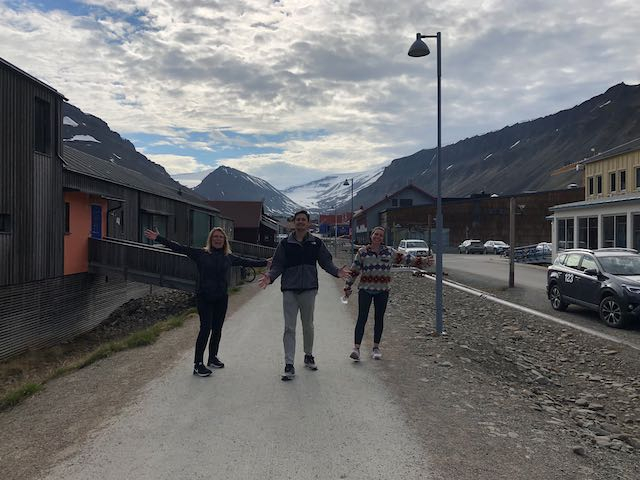
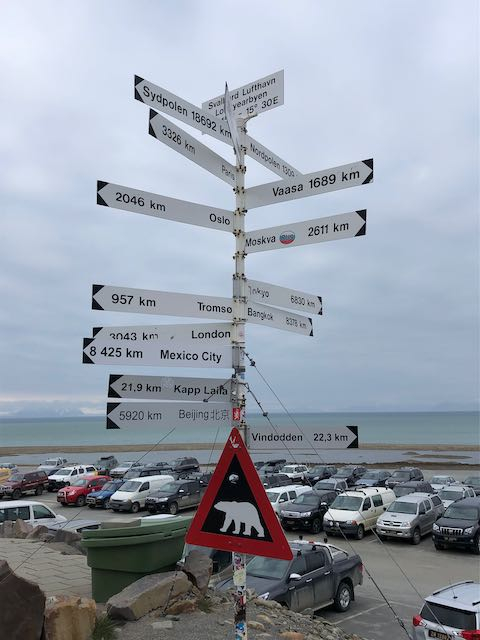
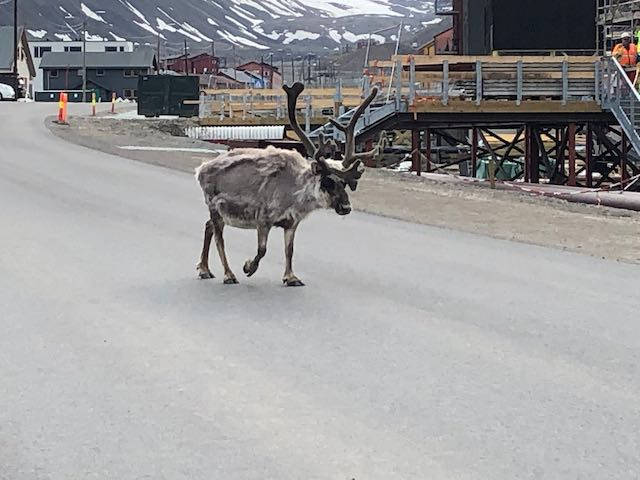
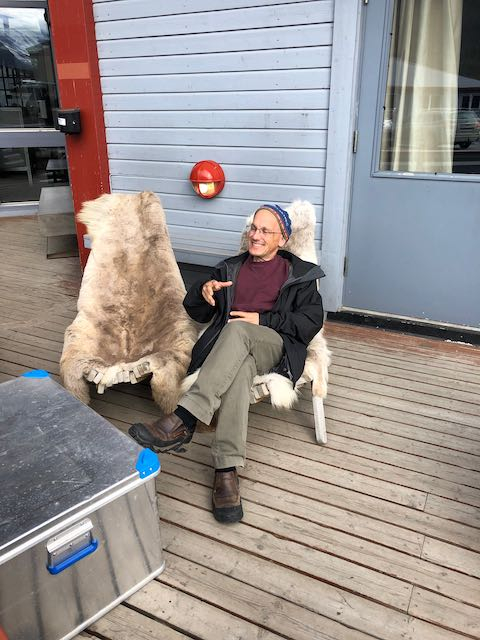
We had a lovely evening in the small city of Longyearbyen, and yesterday we woke up excited to finally fly to the research base of Ny Ålesund. After a leisurely breakfast in our hotel, we got to the airport and boarded the tiny plane.
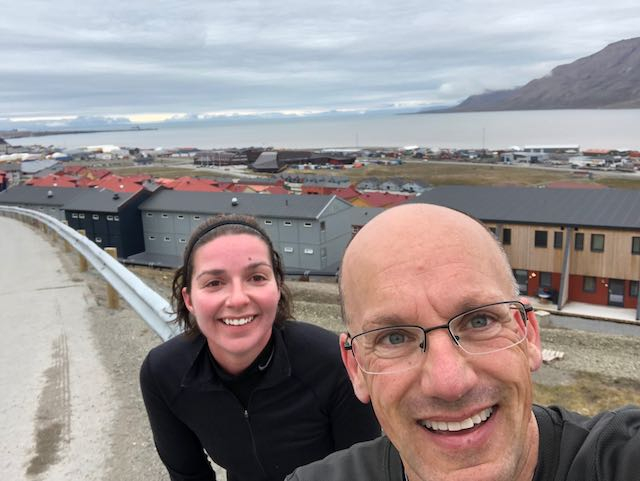
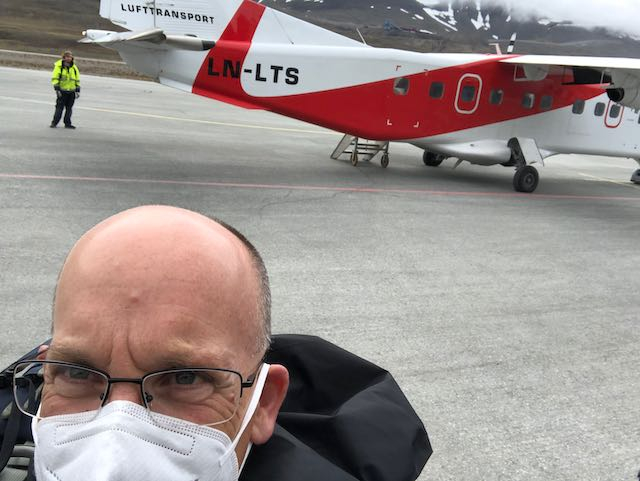
So we had another night in Longyearbyen, where we did get to spend some time with Bates College geologist Mike Retelle who is teaching at the University in Longyearbyen this summer.
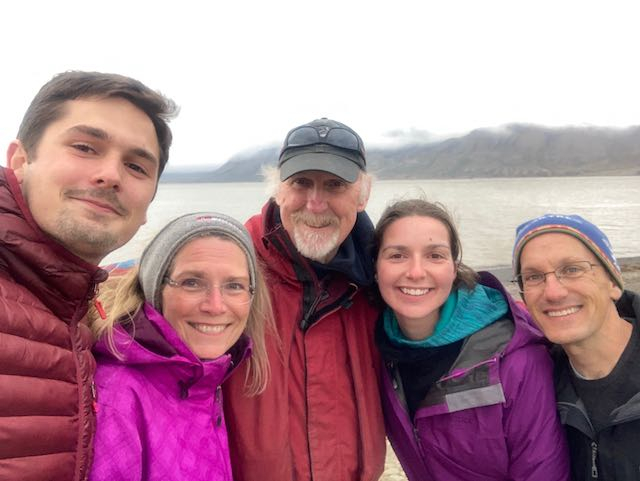
To Ny Ålesund!
This morning we were told to get back to the airport quickly because the weather had improved. After a very uneventful flight and textbook landing, we arrived at Ny Ålesund!
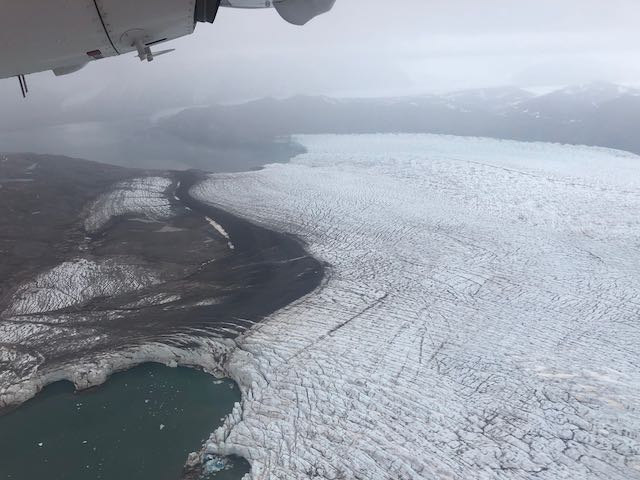
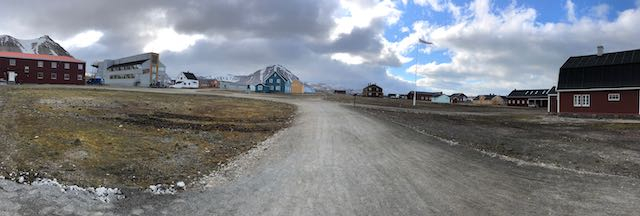
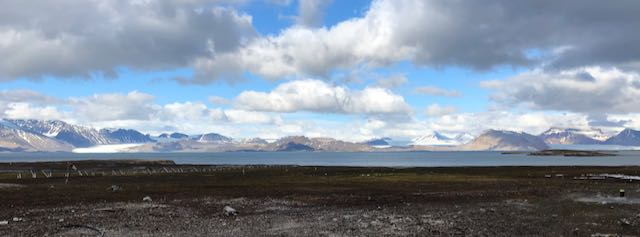
We got here just in time for lunch - which was wonderful! Lots of options for a vegan like me. There are about 100 or so people staying here right now, mostly other scientists, and we eat cafeteria style. As an extra COVID precaution, our team plus the others on our flight are required to eat at a separate table until Monday. (Besides that and the expectation that we will stay at least 1 meter socially distanced from each other, we are not required to wear masks or any other restrictions.)
Safety Training
Right after lunch we had to participate in required safety training. This is essentially a mini course in how to be safe in Polar Bear country. Stian, who also runs the little airport here, was our instructor. He did a really great job of teaching us the most important things to know about Polar Bears and how to be as safe as possible in case of an encounter.
Then we had to learn how to use flare guns and rifles, just in case we find ourselves in a situation where a Polar Bear is threatening us. This is my second time going through this kind of safety training, and I had really forgotten a lot in the past 10 years! So it was incredibly worthwhile to learn about the guns, practice safely loading and carrying the weapons, and practice firing them.
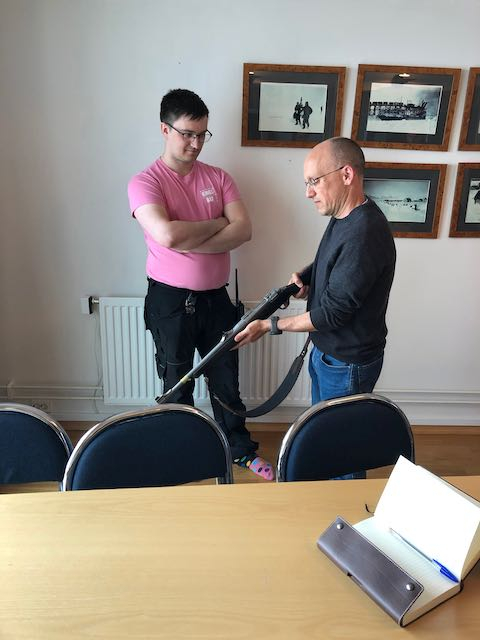
We all did really well in the first part of target practice - I actually got almost all my shots in the center part of the target! That, of course, was with all the time we needed to aim and fire. But then we had to practice shooting under time pressure! Stian counted ten seconds and we had to fire four bullets in that time. He chose ten seconds, because that’s the time it takes a polar bear to run 150 meters… Well, I did really badly under pressure. I might need a little more target practice… Actually, the first thing we are instructed to do is to shoot a flare gun, which shoots a very loud cartridge which also releases a bright flare. The hope is that this will scare the bear away so there wouldn’t be a need for the rifle.
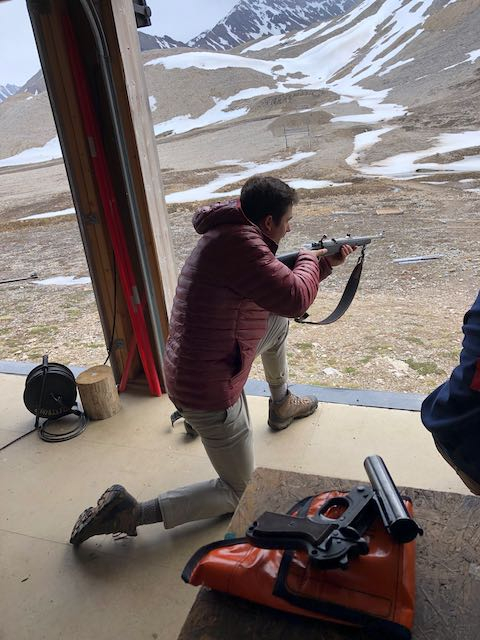
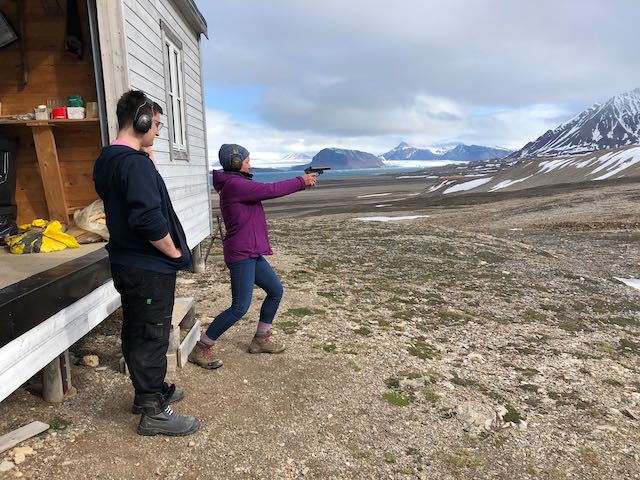
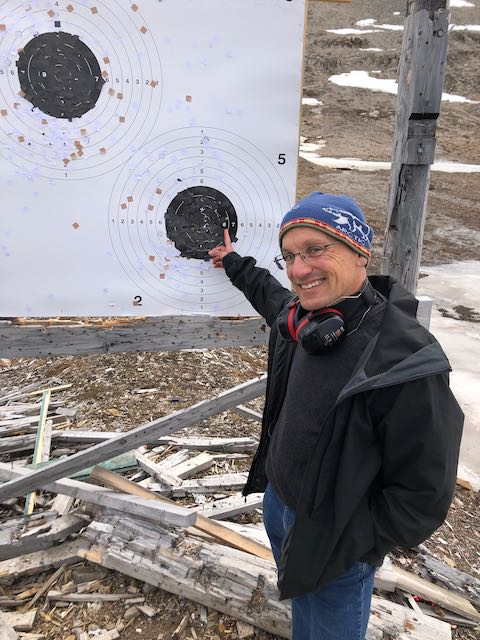
The mood during target practice was very upbeat, and Stian was super supportive and helpful. But he also did an excellent job reminding us how incredibly serious it is to be safe around polar bears. Obviously we don’t ever want to shoot a bear unless it is absolutely necessary, and, in fact, the Norwegian authorities will automatically launch an investigation if there is any shooting of a bear to decide whether it was actually necessary if not. If they decide that someone had any other alternative, the offender will face very stiff fines.
Settling in
Tonight was taco night! So again, we had another scrumptious meal. After that, we had a very thorough orientation led by Vera who runs the Norwegian Polar Institute here (we are renting space and equipment from them). They are very careful about making sure we understand all the risks - polar bears of course, but also making sure we understand procedures about being safe in such a remote area without ready access to emergency rescue or medical services.
Then we had a chance to settle into our rooms. They are really cozy!
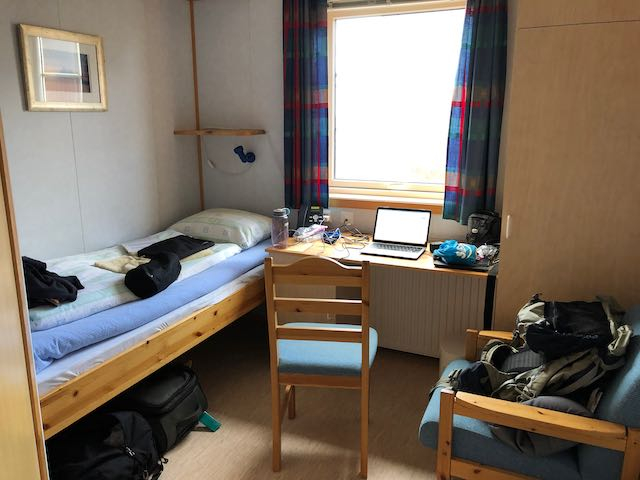
Whew! We are finally here! I am feeling happy to be back in the Arctic, and thankful to Julie for giving me this amazing opportunity to return to this incredibly special place and to be immersed in science for the next few weeks.
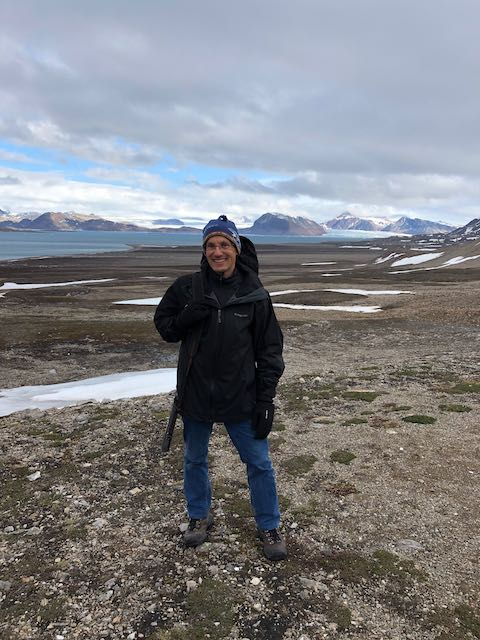


Comments